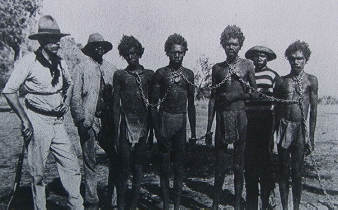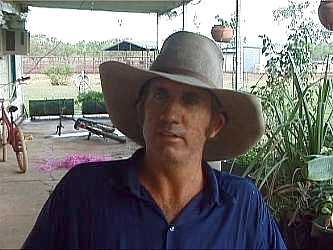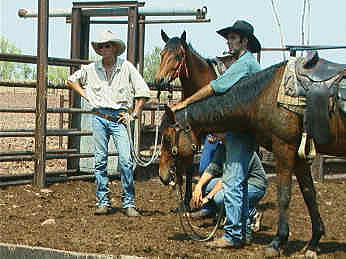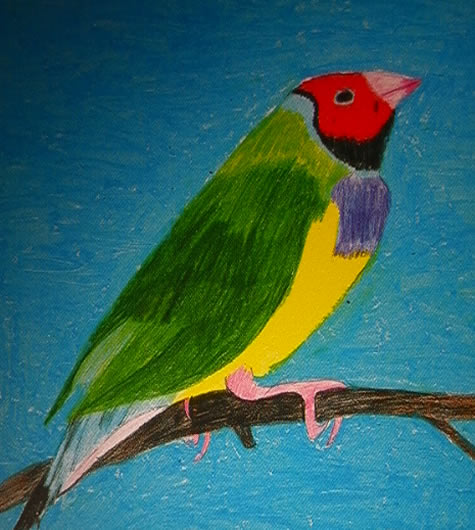Protecting Species Biodiversity
THEME: Gregory National Park
SUBJECT AREA: Education for Sustainable Development (ESD)
TOPIC: Protecting species biodiversity – methods used in National Parks
The Department of Environment and Wildlife Services co-ordinate the preservation and protection of native flora and fauna in Australian national parks. The Australian Government decided that certain areas in Australia needed to be protected from farming, heavy traffic and pollution.
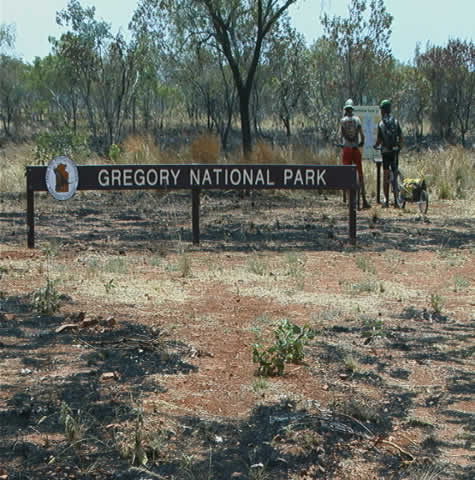
Areas can be claimed to be a National Park for the protection of a certain landmark or place of beauty/historical value, or the home of a plant or animal that is endemic to the area - or is endangered and needs special protection. Some parks are declared so that people do not modify the environment for farming purposes.
There are rules and regulations that everyone must follow whilst a visitor in a national park, which include the following:
- Leave areas as you find them. No littering.
- It is illegal to remove anything. No removing or damaging flora or fauna in the park.
- Pets and domestic animals do not belong in national parks – leave them at home.
- Firearms are forbidden in the parks (even the Wildlife Services can’t shoot feral (wild) animals that they are attempting to relocate).
- No hunting of feral animals in the parks.
- No soaps or toiletries to be used in water systems.
- You must stay on set tracks, and walking trails. Don’t leave the path.
- Do not enter areas that you have no permits or permission for.
- Light fires only in designated areas.
- Do not feed animals in the park.
These are the basic rules that should be followed when going into any National Park in Australia. When visiting the park make sure you get any permits you need from the Park Ranger, and whilst doing this ask about any special rules and regulations relevant to the park you are visiting.
Suggested learning activities:
- Write down a reason why each of the rules and regulations in the list above are enforced in National Parks. For example: Pets are not allowed because they might escape and become feral, and because they may hunt native animals and damage the park. How would you enforce these rules?
- Find out about National Parks in your country and compare the rules and regulations with those outlined above for Australian National Parks.
Joshua.
